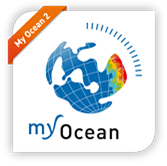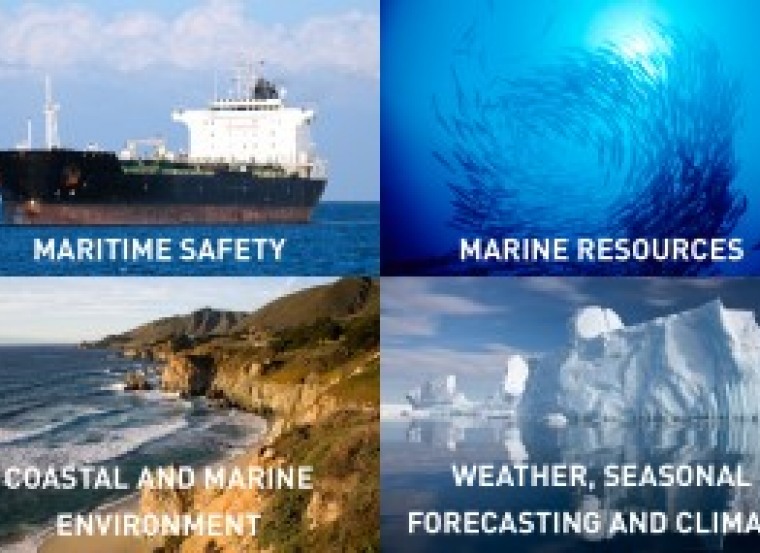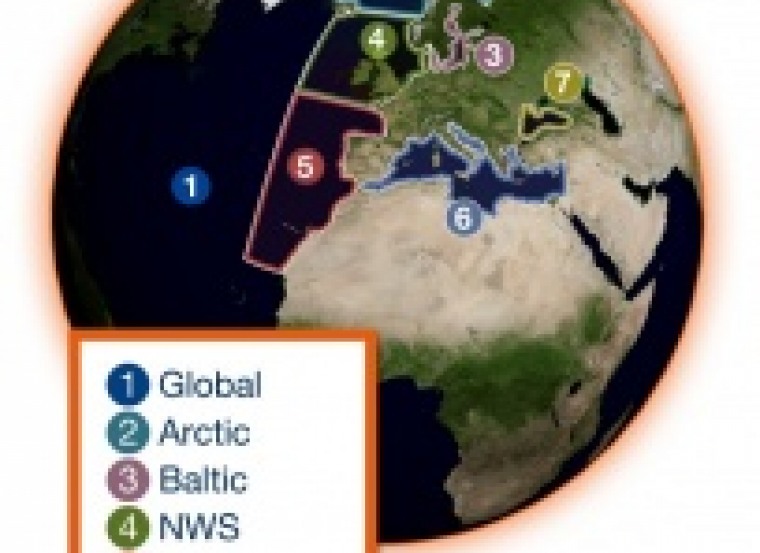MyOcean2

The MyOcean ( 2009-2012) , MyOcean2 ( 2012-2014) and MyOcean follow-on ( October 2014- March 2015) projects, respectively funded by the EU’s Seventh Framework Programme for Research ( FP7 2007-2013) and HORIZON 2020 (EU Research and Innovation programme 2014-2020) have been designed to prepare and to lead the demonstration phases of the future Copernicus Marine Environment Monitoring Service. The latter is meant to be full operational from 2015 onwards.
- MyOcean delivers a core information service to any user related to 4 areas of benefits be they service providers or end-users from the commercial sector or from the R&D sector: Maritime Safety, Coastal and Marine Environment, Marine Resources, and Weather, Seasonal Forecasting and Climate activities.
MyOcean Services provide state-of-the-art information available on the Global Ocean (worldwide coverage) and on European seas, based on the combination of space and in situ observations, and their assimilation into 4D models (including theTime frame) such as: Temperature, salinity, currents, sea ice, sea level, wind and biogeochemical parameters (More on MyOcean Catalogue). MyOcean products are available for users of all marine applications in order to add value to their own operational systems or to contribute to their R&D programs.
It is available:
•To anyone
•Anywhere (the service covers the oceans all over the globe)
•At any depth (models give access to a 3D depiction)
•At anytime (in real time, with short term forecast, and also past situations for at least the last 25 years)
The 7 areas covered by the MyOcean services (Global ocean and the European seas/ see here below) are monitored with an eddy-resolving capacity, based on assimilation of space and in situ data into 3D models, representing the physical state, the ice and the ecosystems of the ocean; in the past (25 years), in real-time and in the future (1-2 weeks). The high-quality products rely on the aggregation of European modelling tools and the scientific methodology is produced through a strong cross-fertilization between operational and research communities.









